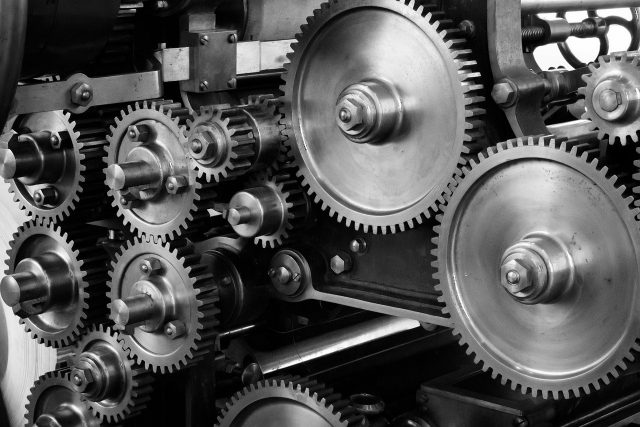Pneumatic cylinders are utilized to transform compressed gas into a reciprocating linear or rotative motion. These mechanical devices are often utilized in industrial applications to automatize certain processes.
It’s also important to note that pneumatic cylinders are referred to by different names, including “actuators,” “air cylinders,” or “pneumatic drivers.” Before starting to dive into the different types of siłowniki pneumatyczne, it is essential to understand how they work.
Pneumatic cylinders – The functioning process
Firstly, pneumatic cylinders have six main parts. These parts may have different functioning based on the type of actuator being utilized at the moment. Essentially, these are the components of an actuator:
- Cap-end port
- Tie rod
- Rod-end port
- Piston
- Barrell
- Piston rod
Pneumatic cylinders are often synchronized with a button, which, when pressed, will give the green light to the mechanical device to start functioning. First, the air pulls the piston outward – what comes next is different based on the type of actuator. There are single-acting pneumatic cylinders and double-acting pneumatic cylinders.
Single-acting pneumatic cylinders
The name of this pneumatic cylinder is directly related to its way of functioning. Once the air enters, it will move the piston in one direction. Then, the spring will return the piston to its original position. Since this is an automatized process, the same action will happen until the operator turns off the machine.
Single-acting pneumatic cylinders are often slow but provide good results for specific operations. Plus, they’re a good way of providing solutions to fabrics without necessarily recurring high costs.
Double-acting pneumatic cylinders
Previously, we learned that single-acting pneumatic cylinders move the piston in the same direction all the time. When it comes to double-acting pneumatic cylinders, the device possesses two ports. Then, the piston moves to the opposite direction after it has gone through the first port – hence, it goes instroke and outstroke.
Likewise, double-acting pneumatic cylinders are faster.
Other types of pneumatic cylinders
The mechanical devices mentioned above are the main types of pneumatic cylinders. There are many other types available with other functions and ways of functioning. These gadgets were designed to provide specific solutions, which means that some of them are better for certain activities than others.
For instance:
- Telescoping cylinders – These pneumatic cylinders can appear as single or double-acting and integrate a few new parts to be able to comply with its main functions. Some of the main differences compared to the previous types include longer strokes.
- Through rod air cylinders – In this mechanical device, the piston rod is extended through both ends of the cylinder. Thus, both sides have a balanced force and speed entrance, ensuring the intended functioning.
Like these types, there are many others available that comply with very specific functions within an industry. Thanks to these devices, we’ve been able to automatize manufacturing processes massively.









